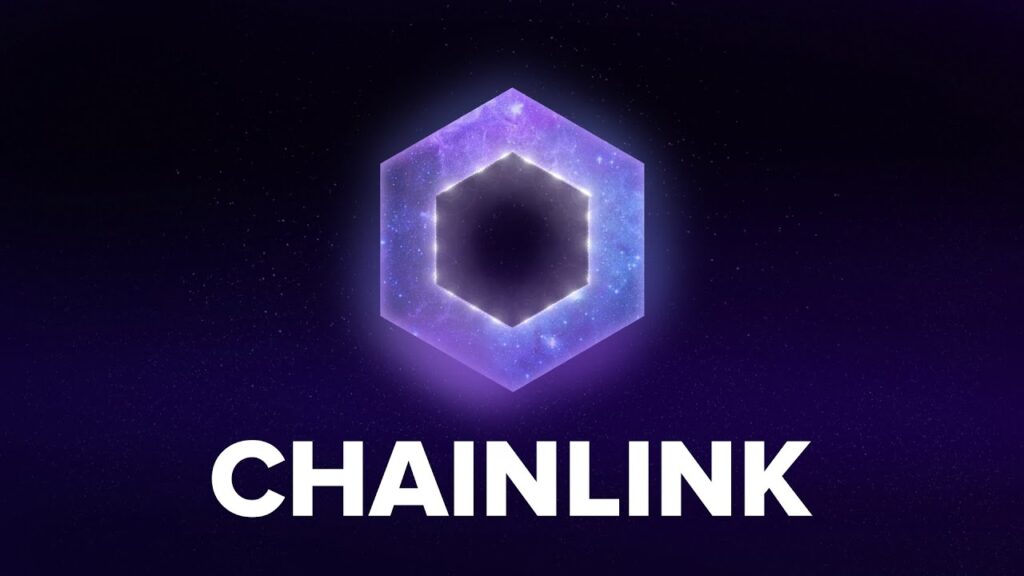It looks like the public blockchain industry is waiting for new value from TradFi. Check out the latest reports about the matter below.
The blockchain industry to boom
In June, SWIFT announced that it was conducting tests with Chainlink to explore interoperability measures with more than a dozen institutions.
The company highlighted that organizations that wish to interact with tokenized assets often face the challenge of blockchains not being interoperable.
Each blockchain has its own functionality or liquidity, which creates friction and overhead for businesses. According to Nazarov, the tests have resulted in three significant achievements.
The first is that it proved that existing bank infrastructure like SWIFT and SWIFT messages could be used to connect to hundreds of chains with minimal effort from banks. This means that banks can efficiently access hundreds of chains.
According to Nazarov, there are three main takeaways from this. Firstly, it has shown that multiple chains, both public and private, can be connected efficiently and reliably for banks to transact with each other.
Secondly, private chains can transact with public chains effectively, which means that the value from the private bank industry can flow into the public blockchain industry.
Finally, Nazarov believes that Chainlink allows banks to integrate their existing infrastructure into the crypto space, bringing their value onto public blockchains.
This is important because it enables banks to utilize blockchain technology without having to make large investments into new infrastructure.
“Banks have made a very large investment in the security of their existing infrastructure. And they’ve trained a lot of people to use that infrastructure which is very different than startups that have begun their entire journey on the blockchain so they have no existing systems that they have to keep secure or have people use,” he said.
He continued and stated this:
“So banks rely on these systems to a very large degree and there’s huge amounts of value on them, they’re not getting rid of them. So really, the only way that banks are going to be able to use blockchains efficiently is from their existing infrastructure… once you put a lot of value into a system, you’re very unlikely to shut it down.”
